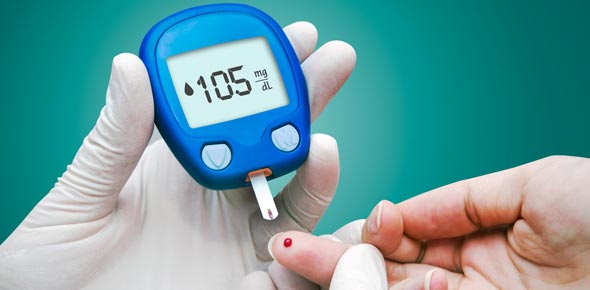In Type I diabetes, the cycle begins with an autoimmune response that targets and kills Beta Cells in the pancreas. This results in a lack of insulin production, leading to high glucose levels in the blood. The excess glucose exceeds the kidney's ability to reabsorb it, causing glucose to be excreted in urine along with water and electrolytes. This process, known as osmotic diuresis, leads to dehydration. The cells, deprived of glucose, start to starve, prompting the liver to release stored glycogen and break down fats for energy. This results in even higher levels of glucose and ketones in the blood, eventually leading to a dangerous condition called ketoacidosis.
















